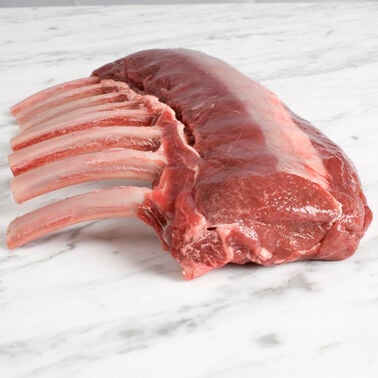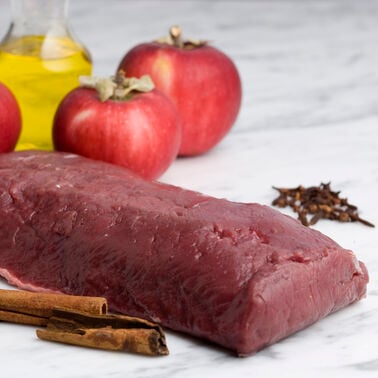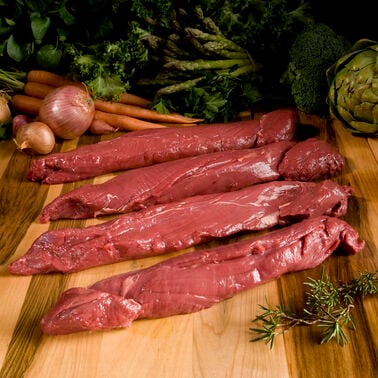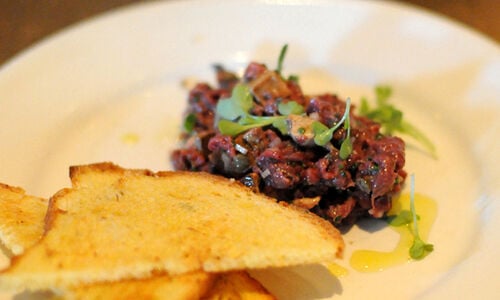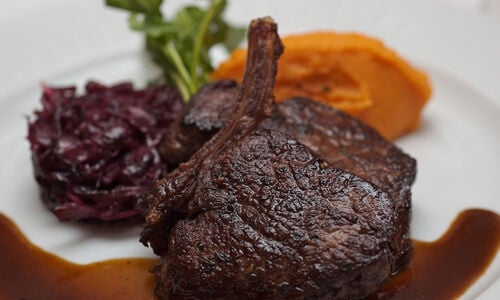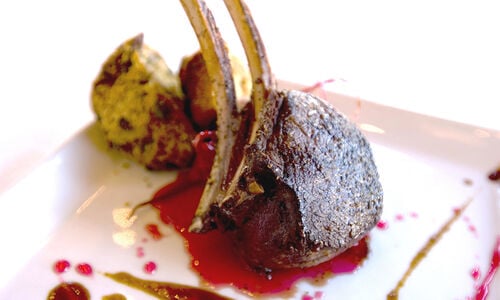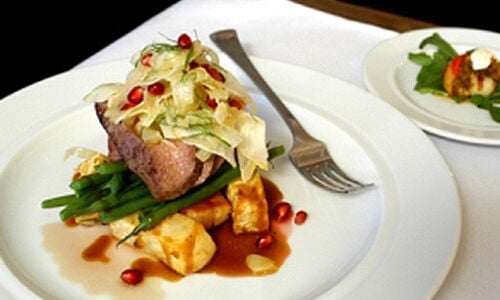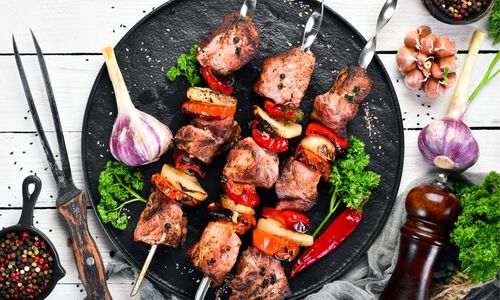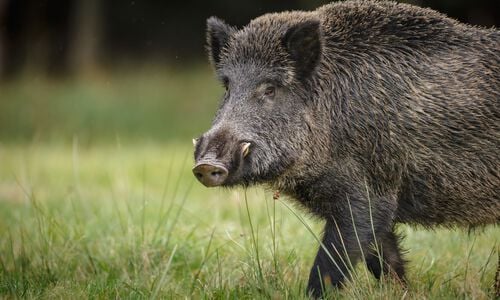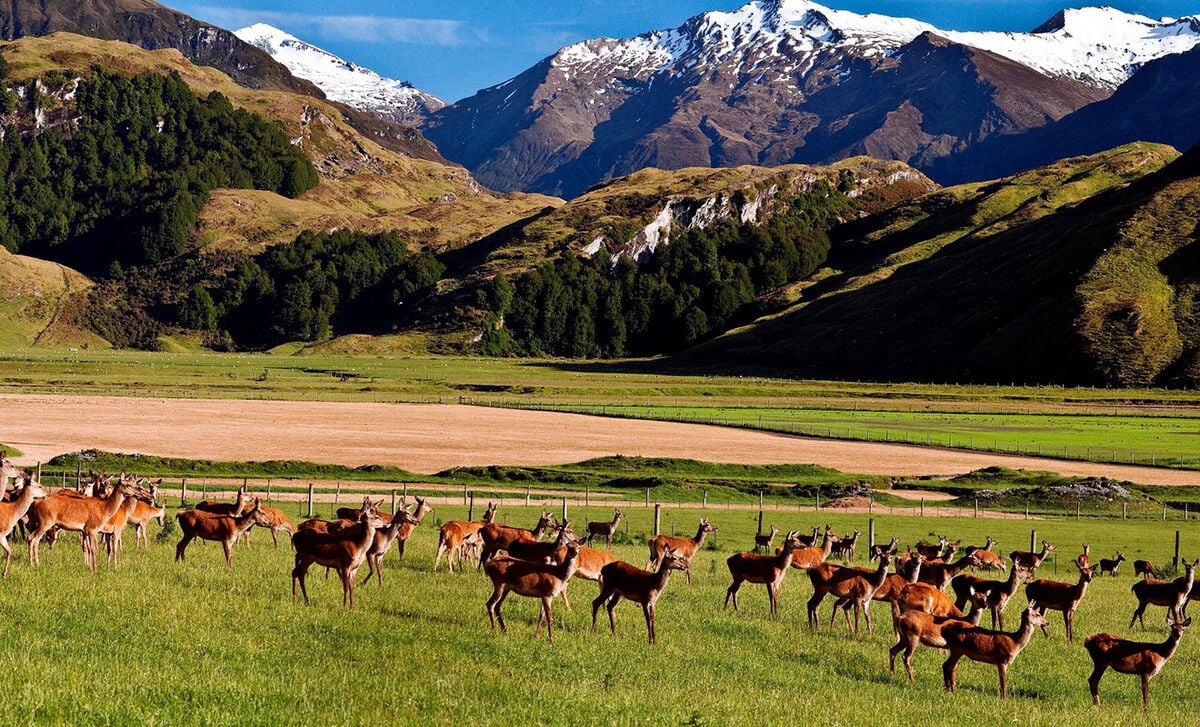
Over the last decade or so, venison has become more mainstream. The best restaurants in the country include it on their menus, and it can be purchased at neighborhood grocery stores and local butchers as well as online. Not only is venison easier to procure, but it's more tender and milder in taste than its wild counterpart. Retail availability also means that home cooks can pick and choose the best cuts, not just the frozen stew meat left over from Uncle Bob's hunting trip last year.
The term venison comes from the Latin verb venari, meaning “to hunt.” It can refer to meat coming from boar, hares, and certain species of goats and antelopes, but is most commonly applied to deer meat. Deer meat is characterized by its fine grain and supple texture resulting from short, thin muscle fibers. Red (the largest type of deer), axis, fallow, and roe are the most common types of deer used for their meat. Because of its large size, red deer are preferred for ranch-raised venison. Occasionally roe venison shot wild in Scotland can be found.
Where Does Venison Come From?
In addition to venison hunted largely in the fall and early winter seasons, ranches or farms are now located throughout the world. Most of America's supply currently comes from New Zealand ranches and is marketed under the appellation Cervena, a name which reaches back to historical origins, combining Cervidae, the Latin word for deer, with the word venison.
Cervena is a trademarked appellation that certifies that venison has been naturally pasture-raised, grass-fed with only minimal supplemental feed such as hay, and without steroids or growth hormones. Antibiotics are administered only in cases of extreme disease and are then tracked by animal and not allowed to be processed. Cervena also requires that animals be under three years of age at time of processing and that processing take place at accredited facilities. Cervena-certified farms are privately operated New Zealand farms that adhere to the strict standards required by the appellation.
Why Eat Venison?
Game of all types, especially venison, is low in fat, cholesterol, and calories and high in the essential nutrients niacin, phosphorus, iron, selenium, and zinc. Tender, light, and with a mild red meat taste, Cervena venison is packed with flavor (plus iron and calcium), but weighs in with only a fifth the amount of fat that beef does – making it both delicious and nutritious. According to the USDA National Nutrient Database, Cervena venison has about a fifth the amount of fat and about 100 fewer calories per 3.5-ounce serving of beef, the traditional choice for red meat.
